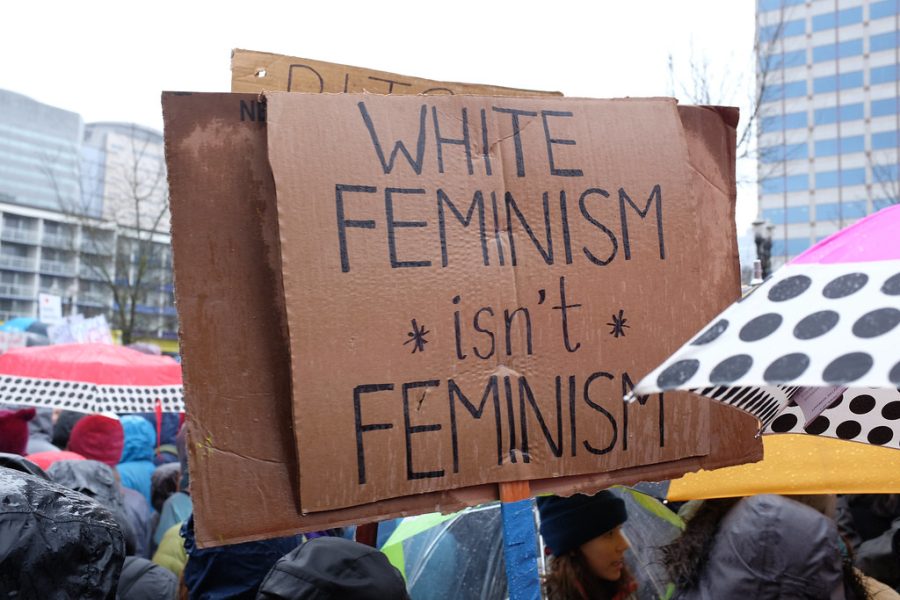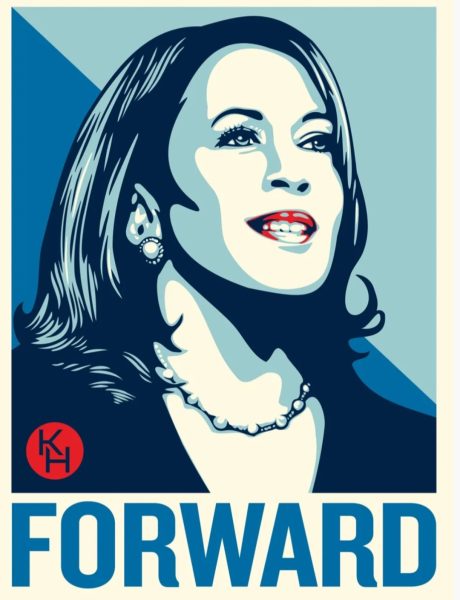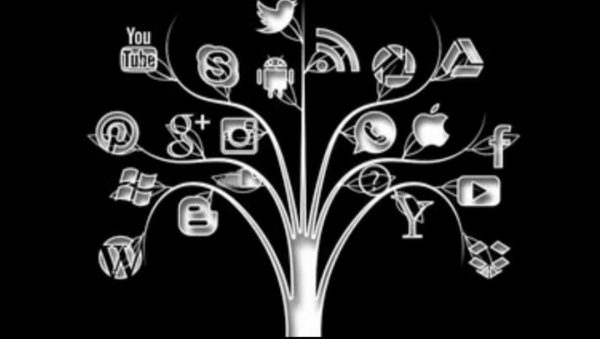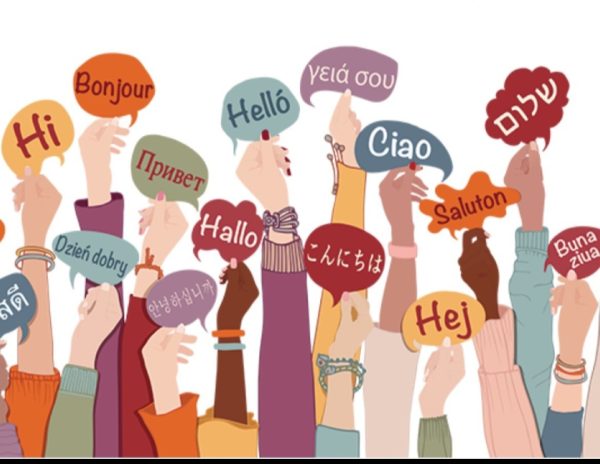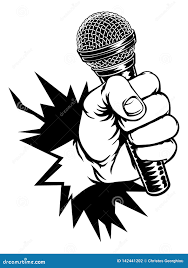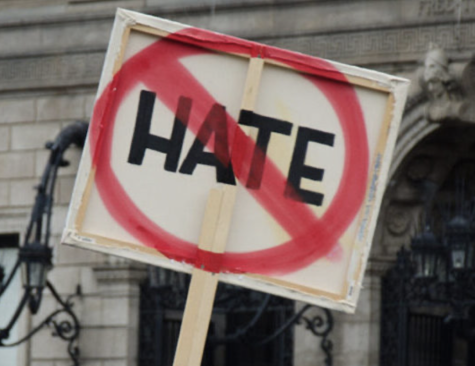Modern Feminism: Is It Really For All Women?
Even though there is more inclusivity now than a few years back, White women are still the main focus in feminism.
The White women failed to realize that their White Privilege was shutting down the voices of others.
When some people hear the word feminism, they think that it’s about getting everyone to understand inequality amongst all women is real and the effects it has on them.
However, history has shown this ideology is only partially true because feminism doesn’t really include all women.
So what is feminism? According to Oxford Languages, feminism is “the advocacy of women’s rights on the basis of the equality of the sexes.” The idea of feminism originated in the late nineteenth and early twentieth centuries. At this time, gender roles were that the men were the “breadwinners”– meaning they’d work to earn the money needed to support their households.
The women stayed at home taking care of their children and cleaning up the house. When their husbands returned home, they were expected to serve their husband– even after a long day of taking care of (a) child/children and maintaining the house.
On top of that, even if they didn’t want to be housewives, they didn’t really have the choice to do otherwise. Although there were job opportunities, they were limited. For example, women couldn’t work in the law force, but men could. All of these mistreatments inspired women, and some men, to become feminists. As time went on, and even now, feminism continued to have an impact and change people’s views about gender roles and stereotypes.
There are many positives, however, with feminism. But just like anything else, there are also negatives. One negative to feminism is the lack of inclusivity—specifically, a lack of inclusivity with women of color.
In the beginning, when enslaved Africans were brought to America, they were seen as less than. Furthermore, the Dred Scott decision— a ruling made by the U.S. Supreme Court on March 6, 1857 stating that they couldn’t sue the federal court because they were property (not citizens)—proved this. When feminism first populated, NAWSA (The National American Woman Suffrage Association) allowed many young feminists to enter the association to work to the goal of everyone’s rights being equal—despite their gender identity.
Eventually, the goal began to be based around White people because the members thought that if they supported women of color, then they would receive backlash from racists. This caused feminism to fail significantly because women not only began to be treated badly again, but now WOC faced more discrimination because they were demeaned.
In 1963, feminism finally sparked again with “The Feminine Mystique”—a revolution started by Betty Friedan. Word of the new idea spread vastly. Although things started off wonderfully—the movement’s focus was about reproductive rights, discrimination, underpay, etc.—Betty, and other feminists, ignored the fact that WOC (especially Latina and Black women) worked longer and harder than White women did.
In addition, no one brought light to the fact that Black women were sexually assaulted often leading to pregnancy by their slave masters. Black women’s babies were also thrown into rivers and used as alligator bait. How were those important, devastating moments in history ignored in a movement that was supposed to support all women?
Years later, people began to see White women were still the mainstream of the women’s movement. Over time, it began to get a bit more inclusive, but the movement didn’t recognize how much more issues they also had to address. These issues included, sexuality, Euro-centric beauty standards, gender identity issues, racial discrimination, etc.
White women failed to realize that their White privilege, which very much did and still does exist, was shutting down the voices of others.
Recently, the #MeToo movement—a movement that allowed/allows women to open up about their experiences with sexual harassment and assault—was brought to the public’s attention on social media. Despite the fact that a Black woman named Tarana Burke created the movement in 2006, her movement expanded in 2017. It was only after a group of White women talked about their experience with Harvey Weinstein in Hollywood that a Black woman’s movement was recognized.
Even though there is more inclusivity now than a few years back, White women are still the main focus in feminism.
How long will we let WOC be silenced, or only be brought to attention if a White woman speaks out? If feminism truly is for everyone, then it is White women’s jobs to recognize the privilege they have and allow WOC to speak their truth. We can’t expect respect from others if we don’t respect others enough to just listen.
So White “feminists,” the next time a woman of color wants to open up to you about an experience they had and how the situation would’ve been different if they were White, don’t deny it or compare your experience to theirs’. We all have stories that need to be heard.
However, you shouldn’t have to silence others’ just so your story can be heard. Let’s get back to the original intent of feminism: equal rights for people of all gender identities, protection for women, and supporting one another.


